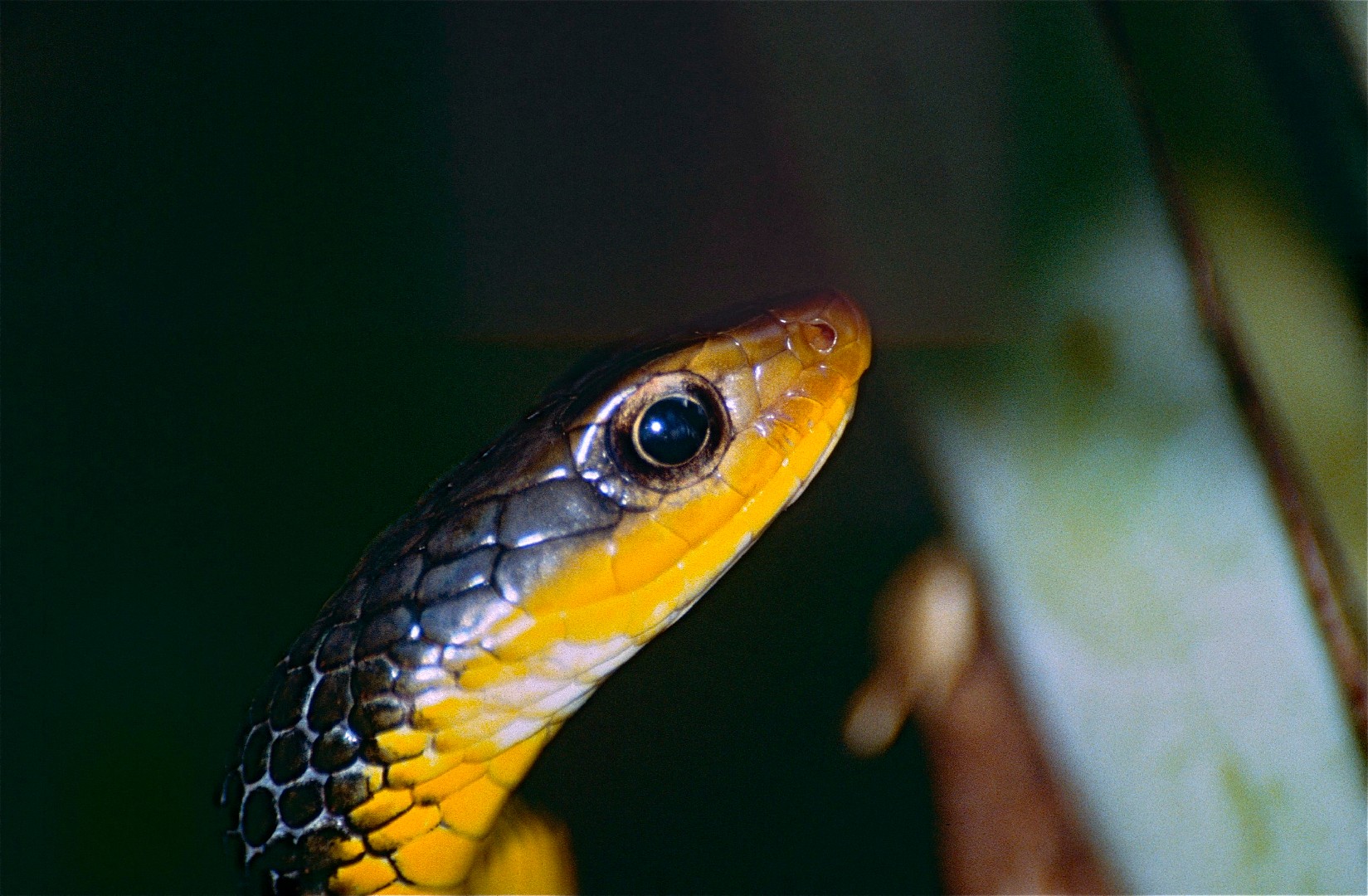Machete savane
A species of Sipos Scientific name : Chironius carinatus Genus : Sipos
Machete savane, A species of Sipos
Scientific name: Chironius carinatus
Genus: Sipos
Content
Description General Info
 Photo By Bernard DUPONT , used under CC-BY-SA-2.0 /Cropped and compressed from original
Photo By Bernard DUPONT , used under CC-BY-SA-2.0 /Cropped and compressed from original Description
Chironius carinatus, commonly known as the machete savane or amazon whipsnake, is a very large, but slender colubrid snake. It is a nonvenomous snake, also distinguished by its pacifistic nature.
General Info
Lifespan
10-15 years
Diet
Machete savane exhibits a strictly oophagous diet, gorging predominantly on bird eggs. This snake species ritually engages in tree-climbing to access nests, demonstrating an atypical arboreal feeding behavior.
Appearance
Machete savane is elongated and slender with smooth, shiny scales. It is predominantly black, but sports reddish-brown to tan dorsal and lateral stripes running from head to tail. In juveniles, these stripes are brighter and can even appear vivid red. This species lacks any appendages, like wings or legs. No significant differences are observed due to gender or subspecies.
Behavior
Machete savane are diurnal snakes, spending much of their day foraging for small prey or basking in sunlit spots. They exhibit a solitary behavior, lacking notable social or territorial interactions. Upon threat, they employ distinctive 'false strike' tactic, enhancing their chances of escaping potential predators. Adapted to arboreal life, their prehensile tail aids in navigating forest habitats.
Population
Stable
Scientific Classification
Phylum
Chordates Class
Reptiles Order
Lizards and snakes Family
Colubrids Genus
Sipos Species
Machete savane